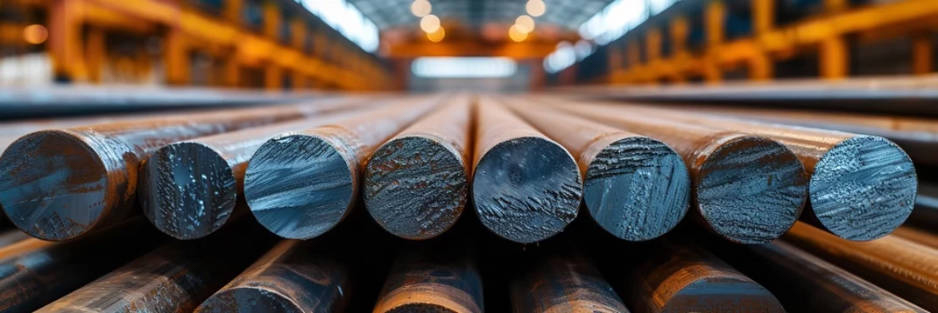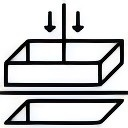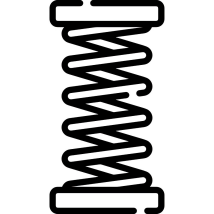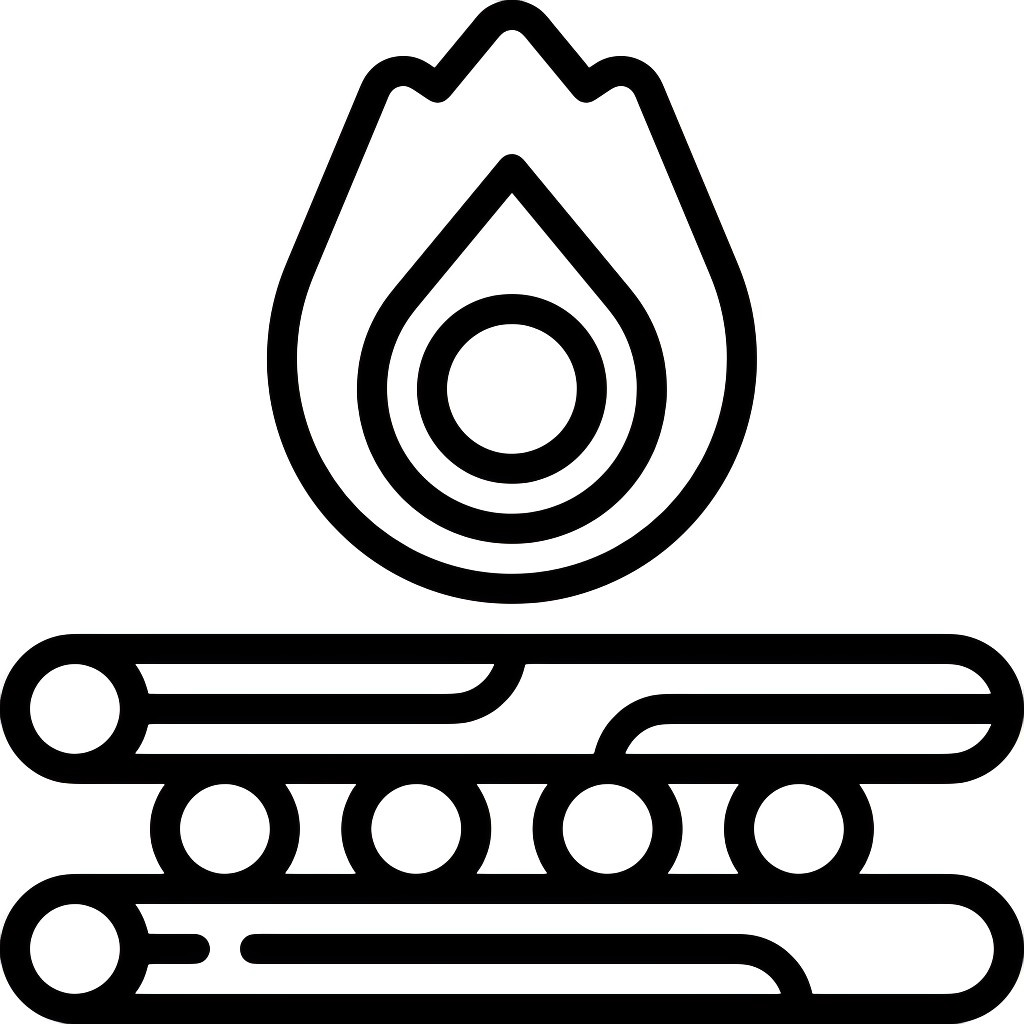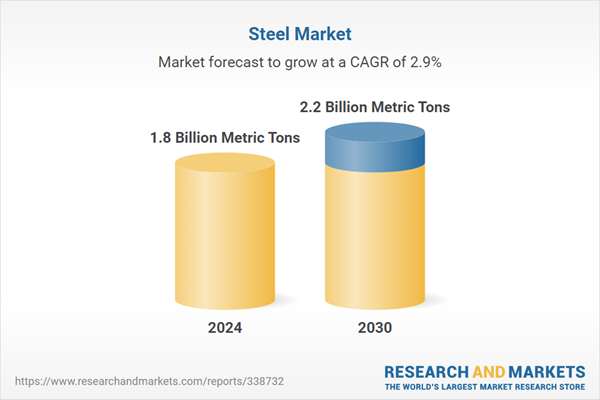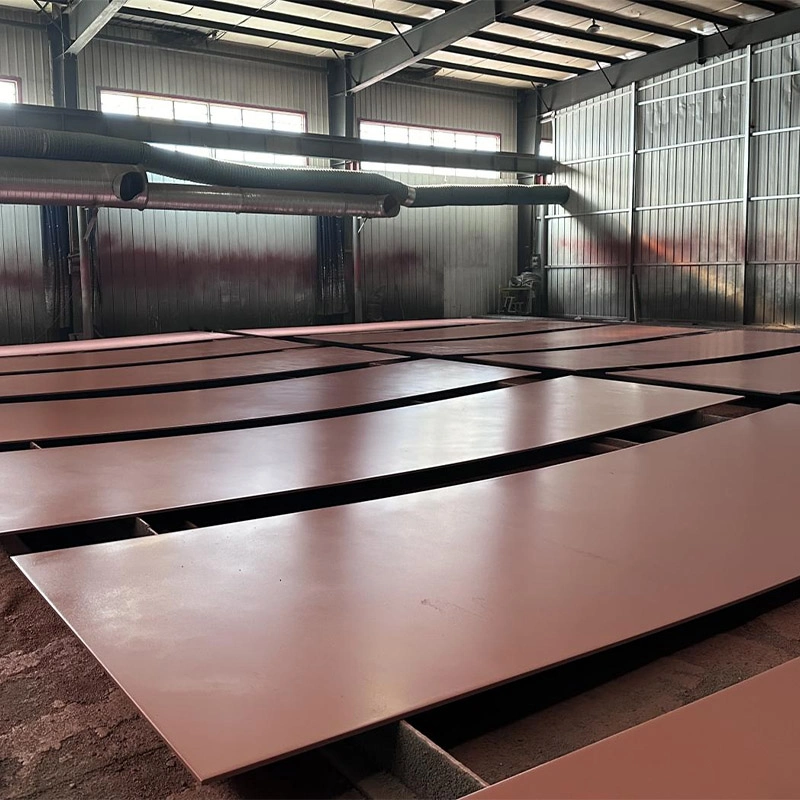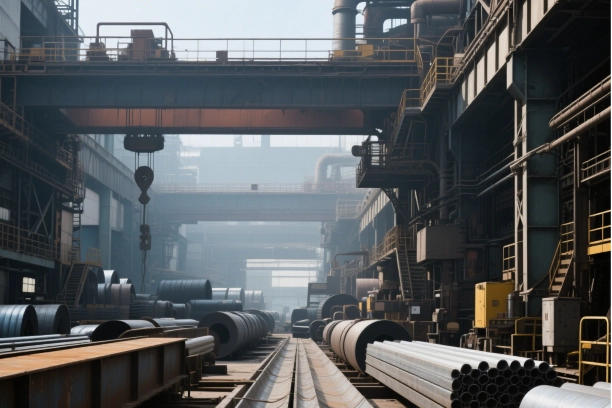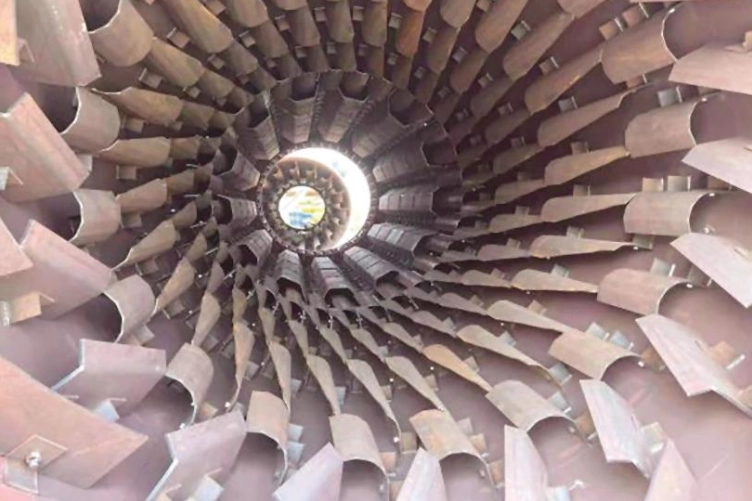The Ripple Effects of US Steel Tariffs
The Trump administration’s reinstatement of a 25% tariff on steel imports under Section 232—now applicable to derivative products such as electrical steel and fabricated structural components—has shaken the foundations of global trade. Although exports were the intended target, the resultant policy consequences fell heavily on countries such as China and India, two of the largest exporters of steel in the world.
For China, which accounts for over 50% of global steel output, the tariffs have intensified existing trade frictions. Despite minimal direct exports to the US (less than 2% of total shipments), China faces secondary challenges: excess capacity risks flooding alternative markets like Southeast Asia and India, triggering anti-dumping investigations. Meanwhile, the Biden administration’s recent closure of tariff “loopholes” targeting Chinese steel rerouted via Mexico underscores Washington’s resolve to curb indirect flows.
India, however, presents a paradox. While its direct exports to the US remain modest, the country stands to gain from redirected trade flows. As Chinese steel faces barriers in Western markets, India’s domestic demand growth (fueled by infrastructure projects) and competitive pricing position it to absorb surplus Asian supply. Analysts note that India’s steel sector, supported by government reforms and rising regional demand, could see production expand by 5-7% annually through 2030.
China’s Strategic Pivot in a Tariff-Driven World
Facing mounting global protectionism, China is pursuing a multi-pronged strategy to safeguard its steel dominance:
- Supply-Side Reforms 2.0: A new wave of capacity reduction targets—more measured than the 2016 reforms—aims to cut low-margin output while prioritizing high-value products like electrical steel for green tech industries.
- Market Diversification: Exporters are pivoting to Southeast Asia, the Middle East, and Africa, where infrastructure demand outpaces local production. Baosteel, for instance, plans to boost overseas sales to 10 million tons by 2028.
- Carbon Neutrality Push: Investments in hydrogen-based steelmaking and recycling align with global decarbonization trends, mitigating criticism of environmental practices.
Yet challenges persist. Over 70 anti-dumping cases were filed against Chinese steel in 2024 alone, signaling enduring trade tensions.
The EU’s Steel Import Surge: Opportunities and Headwinds
The European Union has emerged as the world’s top steel importer, driven by post-pandemic recovery and green transition projects. However, revised safeguard measures—reducing annual import quota growth to 0.1%—have tightened access for traditional suppliers like Vietnam and Egypt.
Importers are now turning to Indonesia, a tariff-exempt developing nation whose HRC exports to the EU surged 76% in 2024. This shift reflects broader trends: developing economies with cost advantages and laxer carbon regulations are filling supply gaps as EU mills prioritize high-margin, low-emission products.
ArcelorMittal and other European producers warn of “unfair competition” from subsidized Chinese steel, urging Brussels to expand anti-dumping duties and accelerate green subsidies. The EU’s balancing act—protecting industries while meeting climate goals—will shape trade dynamics for years.
Looking Ahead: A Fragmented Market
The global steel landscape is fracturing into regional blocs:
- North America: Protectionism prioritizes domestic output, but reliance on imports for specialty products persists.
- Asia: China’s export shifts and India’s rise redefine intra-Asian competition.
- Europe: Import diversification clashes with decarbonization costs.
For businesses, agility is key. As one industry analyst notes, “The winners will be those who navigate tariffs, sustainability mandates, and supply chain resilience in tandem.”
Stay informed with Prospecial’s ongoing coverage of global trade policy and commodity markets.

